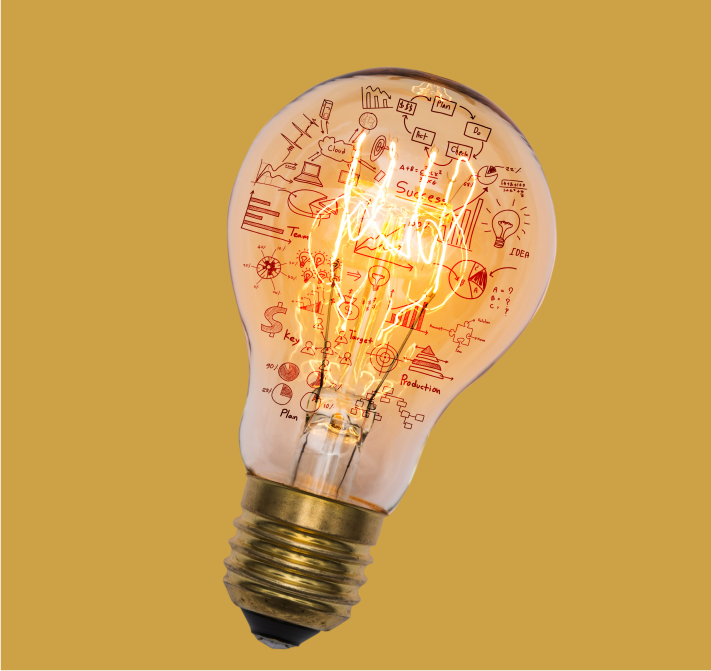Find us
Edificio Europa II
Calle Musgo nº2, Madrid
+34 912 977 271
r-i@optivamedia.com
Terms and conditions

Optiva Media is part of EPAM Systems Inc., a leading global provider of digital platform engineering and software development services.
The latest experiment measured by the Optiva Media team together with Eulambia, Centre Suisse D’Electronique et de Microtechnique (CSEM) and Oxford University managed to reach 4.8 MHz of -3dB bandwidth with 1 mm2 of Photovoltaic (PV) Cell.
25/05/2022
No doubt the market for photovoltaics (PV) has significantly expanded in recent years, but its contribution to the world´s internet connection is still small. The technology needs to become even cheaper, and more efficient.
Cutting-edge research at the PeroCube project looks set to deliver exactly this, a low-cost, high-efficiency PV technology, based on a crystalline material called perovskite. Different research demonstrated that perovskite was, by itself, an excellent semiconductor. Perovskite’s structure can easily be ‘tweaked’ to create a material that can react to different wavelengths of light, enabling it to convert more sunlight into electricity in comparison to conventional solar technology.
The PeroCUBE consortium aims to explore the potential of these perovskite-based devices for emerging markets such as visual light communication (VLC)/Light-Fidelity (LiFi). These high performances have the potential to be achieved at low manufacturing costs, eventually translating to a more favourable performance over cost ratio compared to today’s solutions, e.g., silicon solar cells or organic LEDs (OLEDs).
Using these perovskites absorber in PV technology fabricated by Oxford University, the project partners Eulambia and Optiva Media managed to measure 4.8MHz of -3 dB bandwidth the highest ever achieved with Photovoltaic (PV) Cell in the current state of the art. This achievement opens a new perspective on the capability of perovskite solar cells to function as both energy-harvesting devices and high-speed data detectors.
More information can be found on the project’s news “We share a big step forward”
Optiva Media´s contribution to the future of data transmission.
14 European partners in ten countries are using perovskite materials for the next generation of LiFi and Visual Light Communication (VLC) standards and devices that carry data over light from LEDs. This links to the development of human-centric lighting (HCL), wearables and applications in the Internet of Things (IoT).
Optiva Media team led by Carlos Ivan del Valle and Tomas Maria Serra measures the capacity of these low cost, flexible perovskite semiconductor materials on photovoltaic solar cells combined with LiFi light-based communications systems for wearable designs and LED lighting panels.

 Optiva Media R&I participates in the Kick off Meeting of the European project...
Optiva Media R&I participates in the Kick off Meeting of the European project...